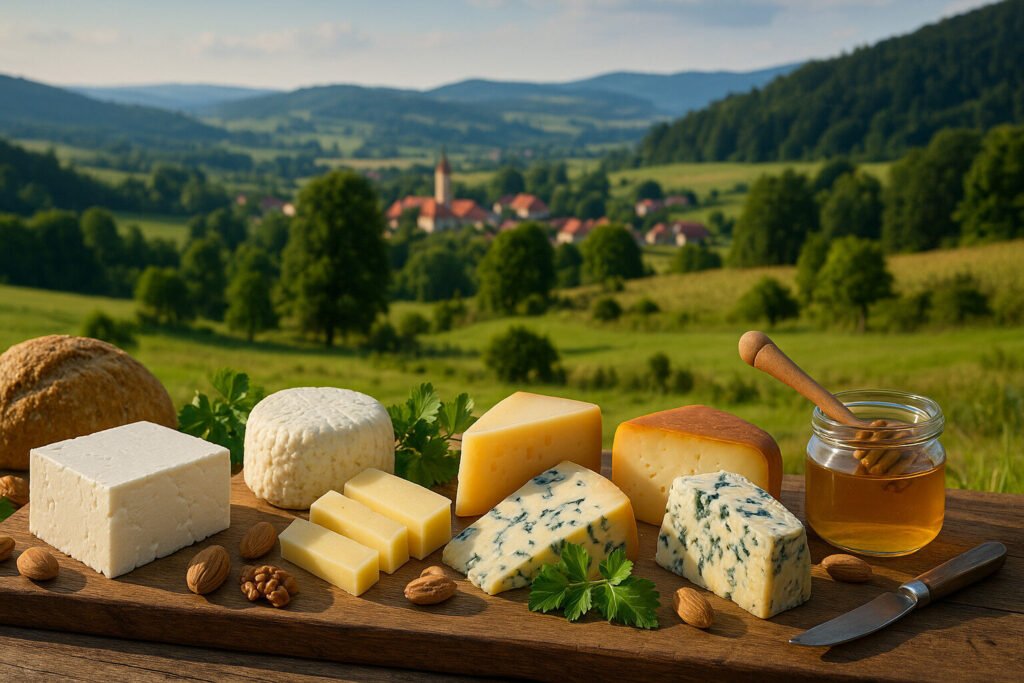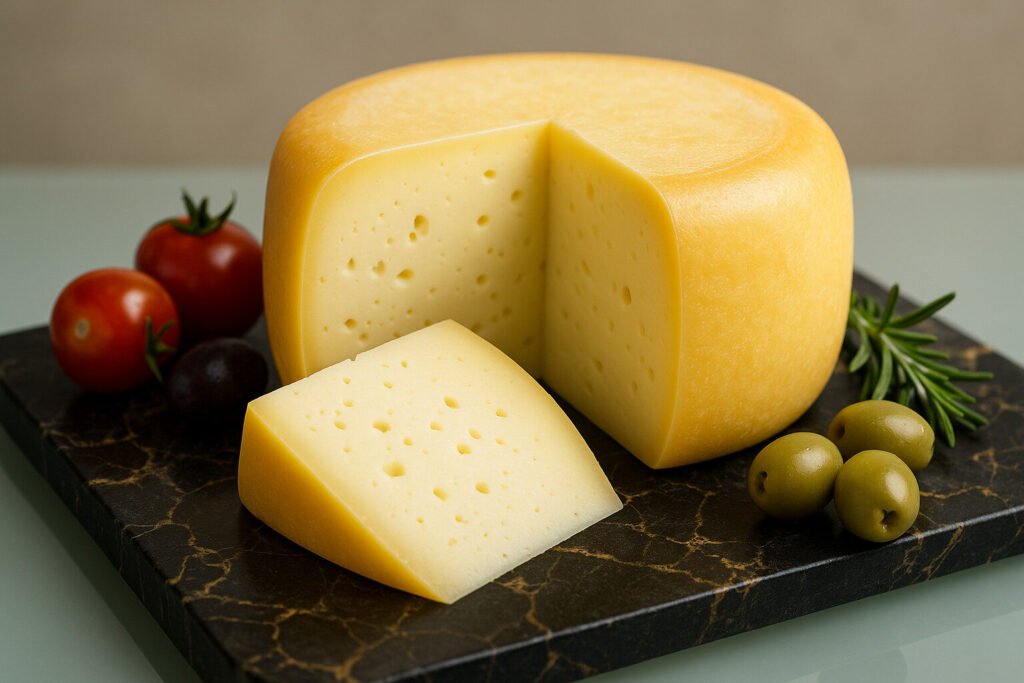Cheese Of Eastern Europe
Definition and Scope
Eastern European cheeses encompass dairy products originating from countries like Poland, Ukraine, and the Balkans. These cheeses reflect diverse agricultural traditions and historical influences across the region. They include fresh, brined, and aged varieties with unique local characteristics.
This category spans from soft white cheeses to firm, smoked types. Many are made from cow, sheep, or goat milk depending on local husbandry. Regional variations are shaped by climate, culture, and centuries-old practices.
Production Techniques
Traditional methods often involve brining or dry-salting for preservation. Cheeses like Bryndza utilize curd milling and pressing before aging. Some varieties undergo smoking over specific woods to develop distinctive flavors.
Farmstead production remains significant in rural areas using raw milk. Modern facilities now implement controlled fermentation and temperature regulation. These techniques balance tradition with food safety standards.
Sensory Profile
Eastern European cheeses typically feature pronounced salty, tangy, or smoky notes. Textures range from crumbly and moist to semi-hard and sliceable. Many exhibit earthy or fermented flavor profiles developed through aging.
Brined cheeses like Sirene display bright acidity and moist texture. Aged varieties such as Oscypek offer smoky aroma and dense consistency. These sensory characteristics make them easily distinguishable from Western European cheeses.
Culinary Applications
These cheeses are essential in traditional dishes like pierogi, banitsa, and salads. They often serve as table cheeses or cooking ingredients in regional cuisine. Their melting properties make them suitable for baked goods and hot dishes.
Brined cheeses are commonly crumbled over vegetables or baked in pastries. Firm varieties are grilled or fried as standalone items. Their robust flavors stand up well to hearty Eastern European cooking styles.
Regional Examples
Poland produces Oscypek, a smoked sheep’s milk cheese with protected designation. Bulgaria is known for Sirene, a brined white cheese used in shopska salad. Romania creates Cașcaval, a semi-hard cheese often fried or grilled.
Ukraine makes Suluguni, a stretched-curd cheese from the Samegrelo region. Serbia produces Pule, a rare donkey milk cheese from Zasavica. These examples demonstrate the diversity within Eastern European cheese traditions.



